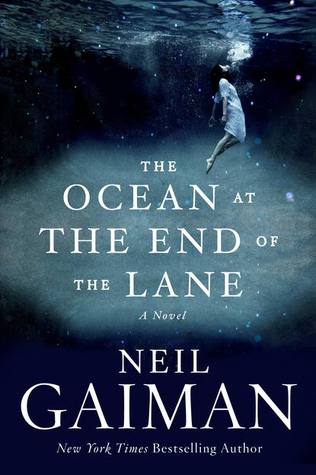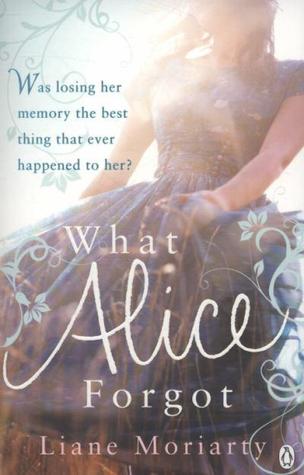How can anyone resist a novel with a title like The Never-Open Desert Diner? I
couldn’t and for the readers who pick it up, they are in for a wonderful trip
through the Utah desert. I’m not one much for series, but I hope that author
James Anderson is contemplating writing more stories featuring his protagonist,
Ben Jones.
Ben is a self-employed delivery driver. It’s amazing
that he hasn’t been put out of business by FedEx, DHL, or UPS. He almost is, as
the bills are piling up faster than the noonday desert heat. He doesn’t think
he’s going to make it to the end of the month.
He’s a quiet sort of guy, self-deprecating almost to
a fault. He runs his truck up and down Utah’s Route 117, delivering all sorts
of packages to some quirky characters. Three stand out.
First is Walt Butterfield who owns the Well-Known
Desert Diner, famous for being in a number of movies.Walt keeps the place
spotless and in tip-top shape. However, the diner has been closed since 1987.
Walt fixes Ben a meal once in a while, but mostly his tinkers with his
extensive collection of rare motorcycles. Second, is John, but most call him
Preach. He runs a church in an abandoned hardware store and spends the majority
of his time carrying a solid oak cross up and down the shoulder of Route 117. Last,
and certainly not least, is Ginny, a very pregnant seventeen-year old Ben
befriends one middle of the night in a Wal-Mart. She’s not alone and expecting,
she is homeless, often living in her car. As we learn about the lies of these
characters, it reminds of me of lives lived in quiet desperation.
One day as Ben is cruising down 117, he notices a
glimmer in the desert that blinks and winks at him. Intrigued and having to
take a piss like there is no tomorrow, he pulls onto the shoulder and walks up
a small incline. On the other side, is an abandoned housing development. He
heads down to check out the one house, and as looks in the window, he sees a
naked woman sitting on a green chair playing the cello. Relieving himself
against the side of the house, the woman come out to investigate. Her name is
Claire.
As Ben and Claire begin to fall in love, some rather
unsavory people show up along Route 117. Don’t want to say anything more that
will spoil the amazing adventures Ben has, falling in love, trying to help
Claire, trying to save his rig and his business. It’s a wonderful story.
I was surprised to learn that author Anderson grew
up in the Pacific Northwest, but he must have spent some time in Utah to
understand the desert as he does.
I give The
Never-Open Desert Diner 6 out of 5 stars.
I received this book from Blogging for Books in exchange for this review.




























